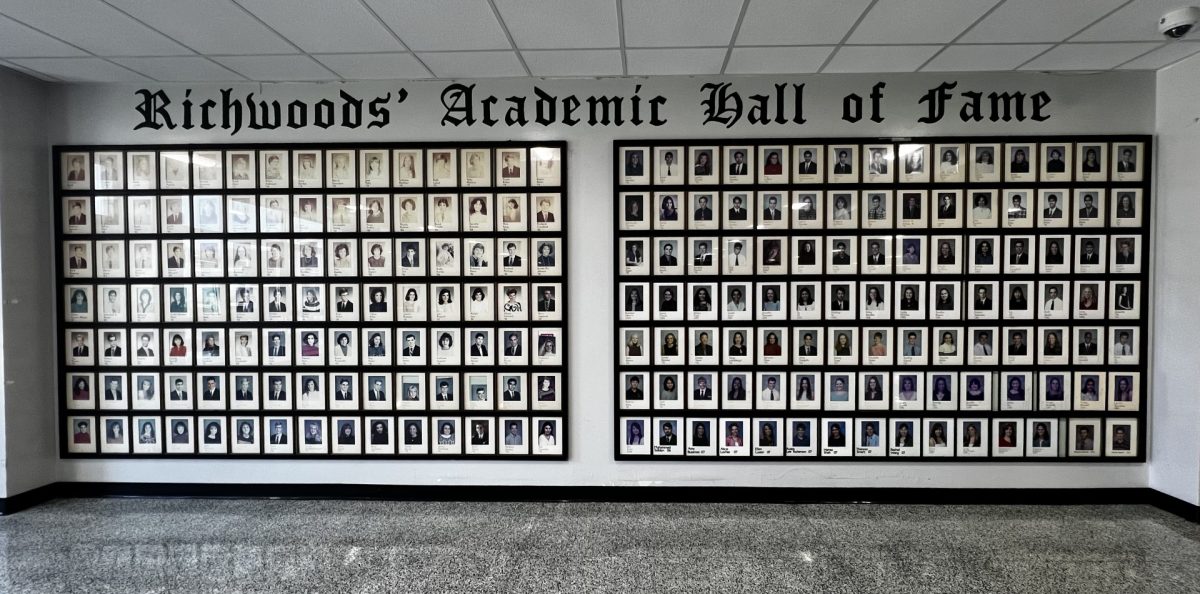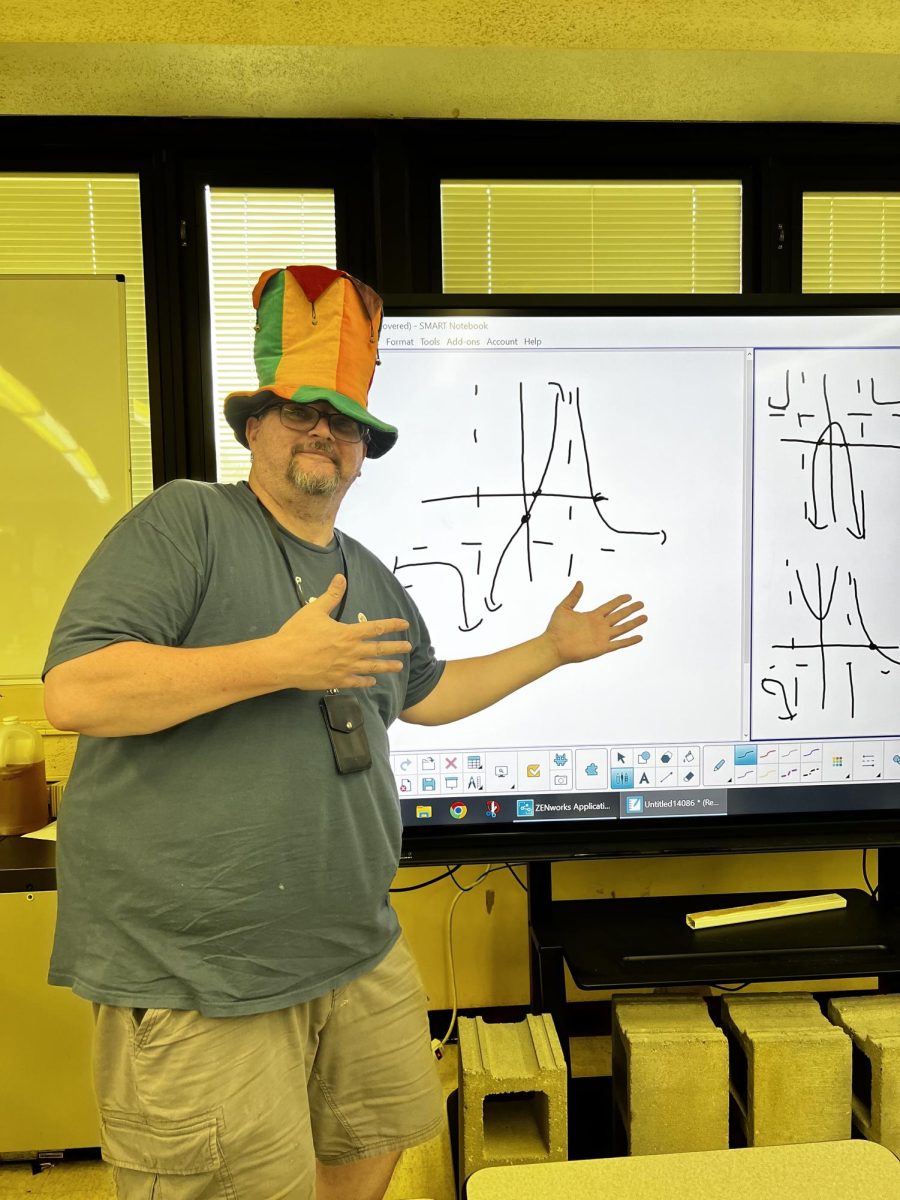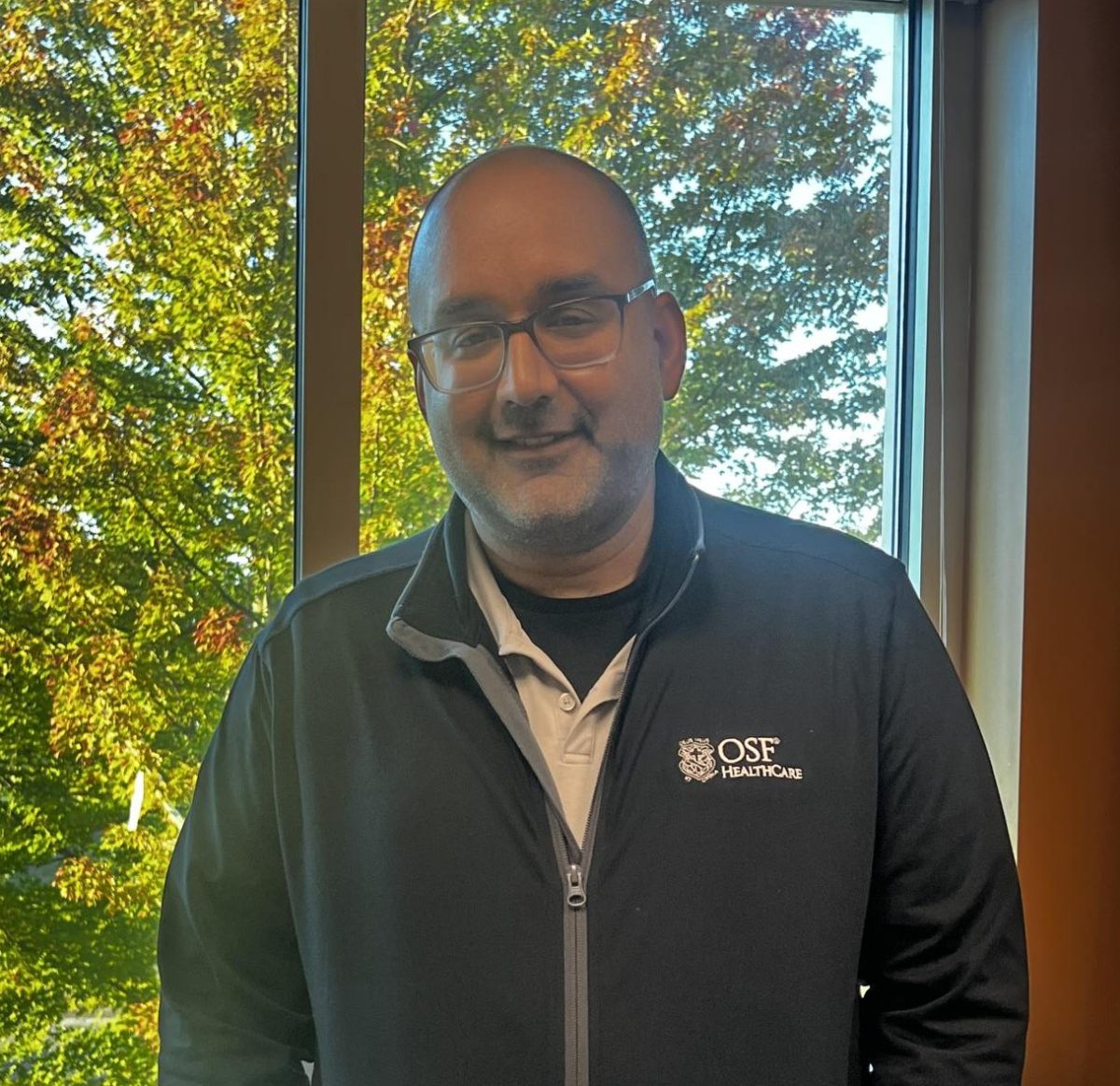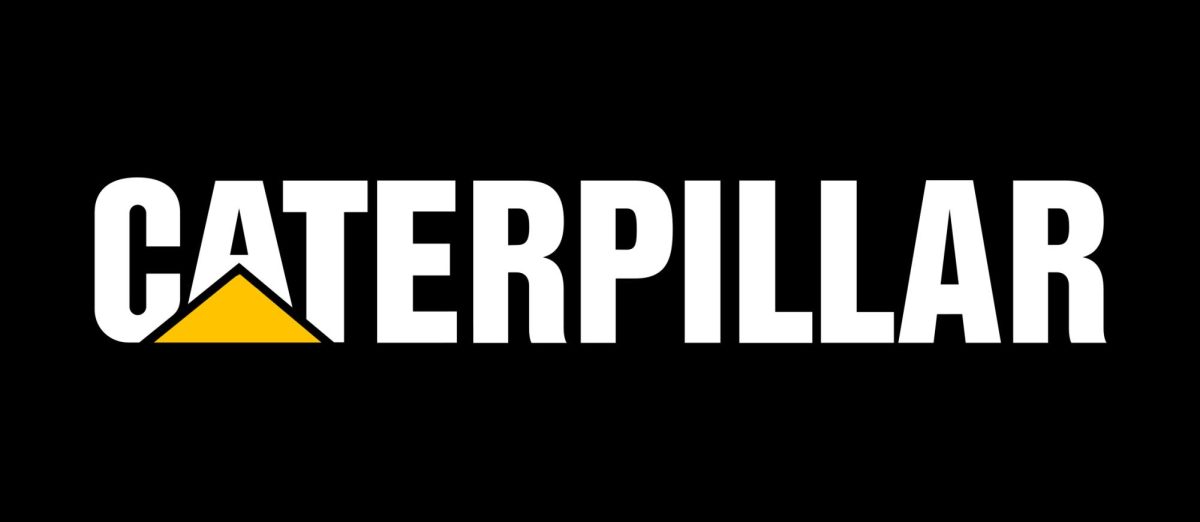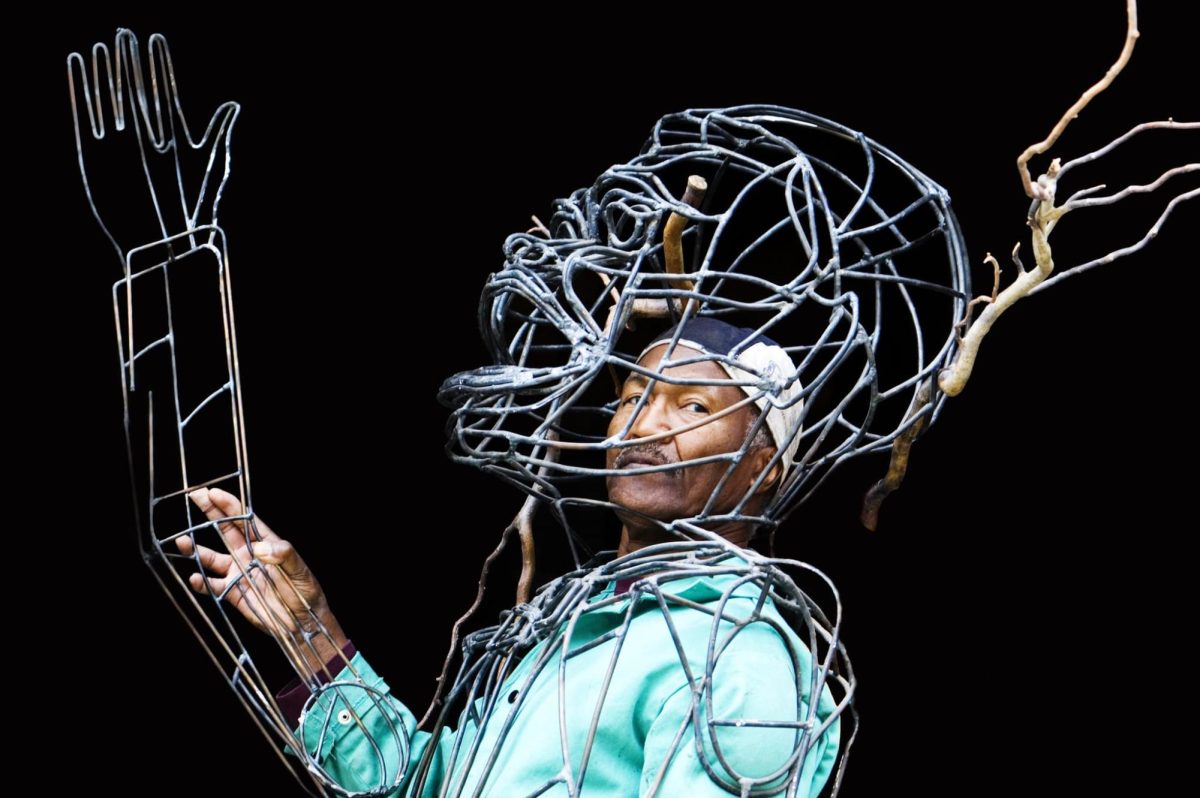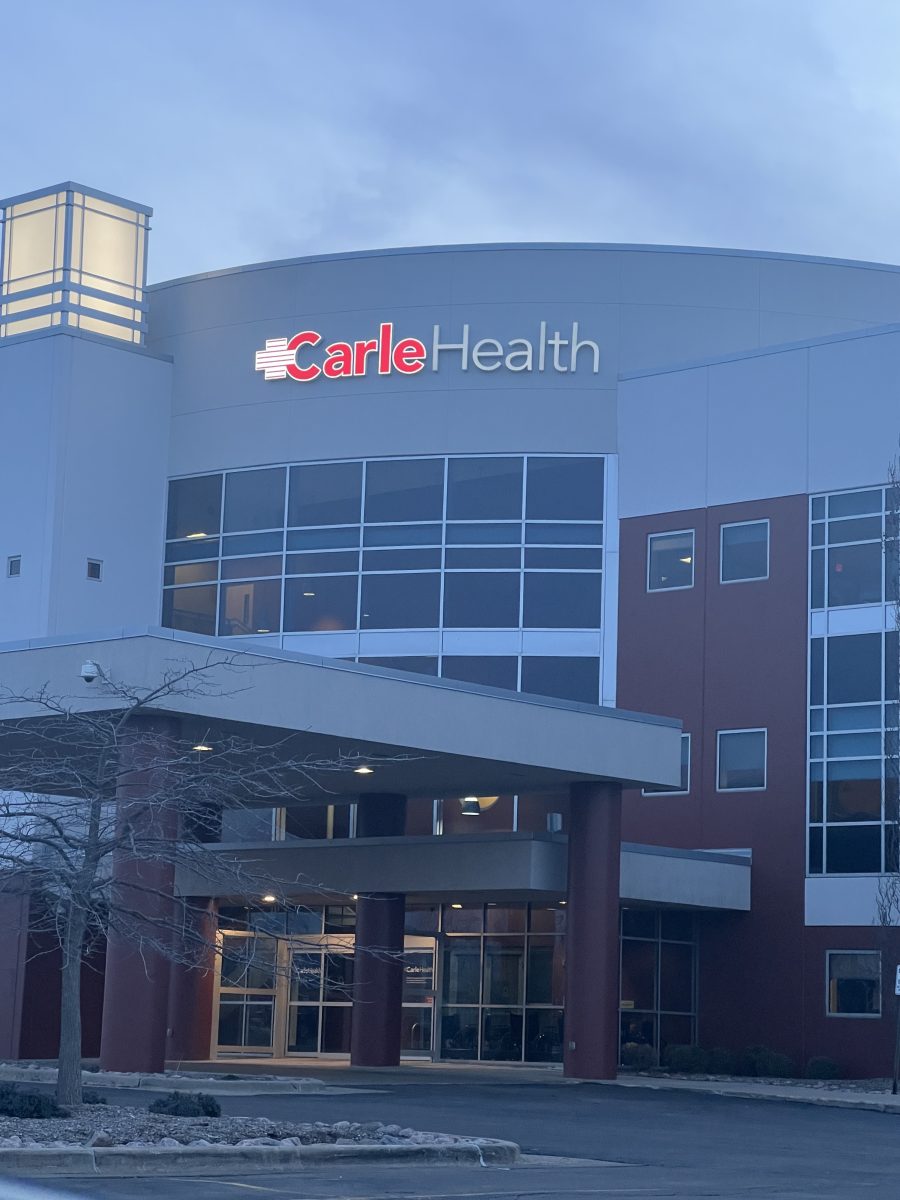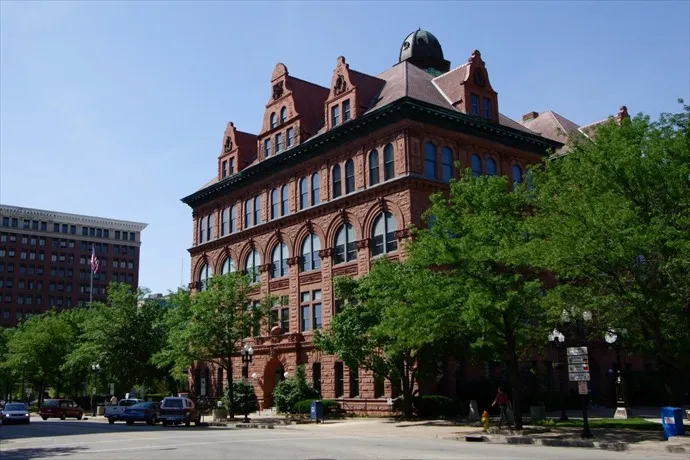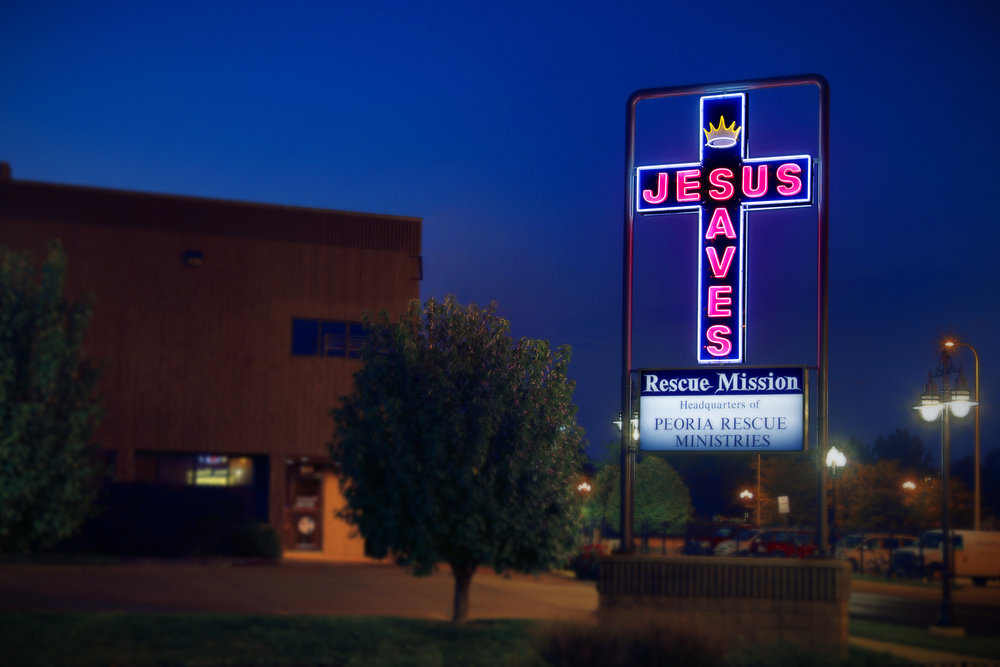Peoria’s Carle Health Methodist Hospital recently celebrated the success of its use of an advanced lung cancer screening technology. The hospital is the first in the region to use a device called ION Robotic Assisted Bronchoscopy. Since the end of 2021, the device has been used more than 100 times and has given a result of 95% diagnostic accuracy. This diagnostic advantage, as Dr. Ahmed Agameya, a pulmonologist at Carle Health Methodist Hospital, said “is much, much higher than any other bronchoscopic or similar technology.” The ION Robotic Assisted Bronchoscopy, used along with low dose computerized tomography (LDCT) lung screening, can detect lung cancer at an early stage.
Lung cancer is a serious illness, but most patients do not notice the symptoms of lung cancer until later stages. Usually, the most noticeable symptoms appear when the cancer has spread. Such symptoms include long lasting cough, coughing up bloody phlegm, shortness of breath, wheezing, recurrent pneumonia, loss of appetite, and pain throughout the shoulder and arms. Early detection of lung cancer is therefore crucial to the success of the treatment.
To understand how an ION Robotic Assisted Bronchoscopy can accurately detect lung cancer at an early stage, Dr. Agameya explained the device’s pathway: “It enables us to do biopsies in certain areas of the lung, where if you see a spot in a patient’s lung that is concerning for cancer but it’s too small for a regular bronchoscopy is to reach, you can actually reach it with this technology.” He further explained that once the nodule (a tumor that is 3 centimeters or fewer in diameter) is obtained, the doctor can then tell the patient whether it is a benign or cancerous nodule.
Dr. Agameya further illustrated the benefits of the hospital’s ION Robotic Assisted Bronchoscopy through a case in which a low-dose computed tomography (LDCT) detected a 10-millimeter nodule in the lung of a 70-year-old female patient, who was a long-time smoker. Not knowing whether the nodule was benign or not, Dr. Agameya told the patient that she could undergo a usual lung biopsy, which could cause pneumothorax, a collapse lung. If she did not want the biopsy and face the complication, she could wait three months and have another CT scan to see whether the nodule was growing or not. The last option for the patient was to undergo the ION Robotic Assisted Bronchoscopy. The patient chose the last option. Two days after the ION procedure, it was confirmed that the 10-millimeter nodule found in her lung was not benign and that she had adenocarcinoma, a type of lung cancer. Due to the early detection of the cancer, the doctor was able to treat the patient with stereotactic body radiation therapy (SBRT) to kill the cancer cells in her lung. The treatment has kept the cancer in remission.
The advantage of an ION Robotic Assisted Bronchoscopy is partly because it uses a tube smaller than those used in traditional bronchoscopy and lessens the chance of pneumothorax. “With the increasing use of CT scans, more lung nodules are being discovered, and more biopsies are needed to help diagnose lung cancer at early stages when it is curable and has a five-year survival rate of greater than 90%,” said Dr. Agameya.
With the advent of Carle Heatlh’s ION Robotic Assisted Bronchoscopy, many patients in the Peoria area had benefited from receiving their diagnosis early. For people at risk of getting lung cancer, it is recommended that they go through lung cancer screening procedure like the one offered by Carle Health Methodist Hospital.
https://carle.org/newsroom/redefining-healthcare/2023-(1)/2024/01/world-class-procedure-at-methodist-helps-detect-lu#:~:text=ION%20Robotic%20Assisted%20Bronchoscopy%20is,200%20procedures%20have%20been%20performed.
Methodist celebrates advanced lung cancer screening technology
https://www.25newsnow.com/2024/01/25/community-catches-glimpse-technology-used-early-detect-treat-lung-cancer/
https://www.wcbu.org/local-news/2024-01-25/how-a-peoria-hospital-uses-an-advanced-procedure-to-improve-earlier-detection-of-lung-cancer


